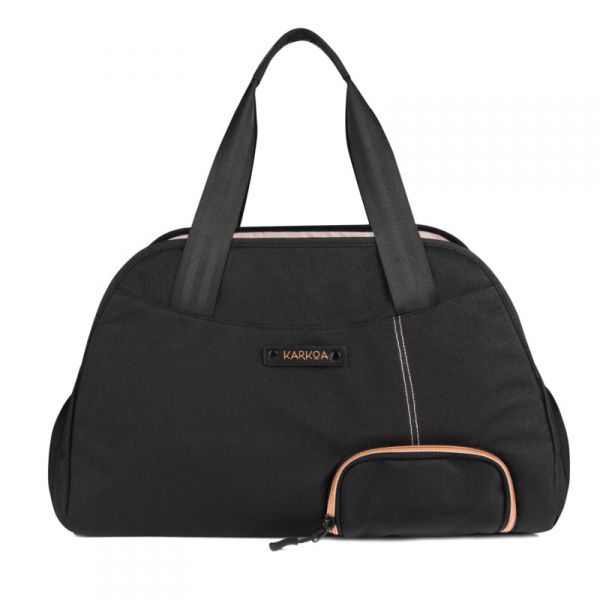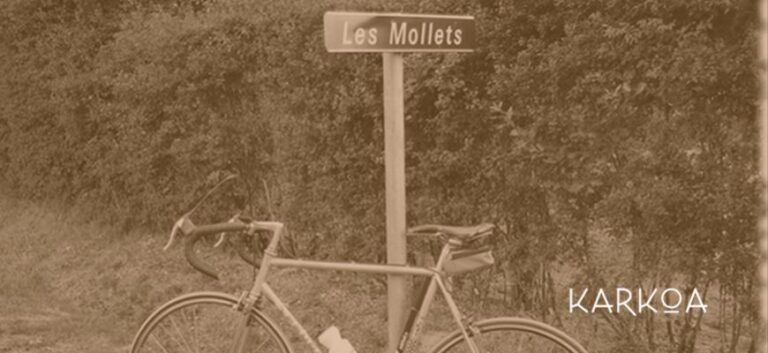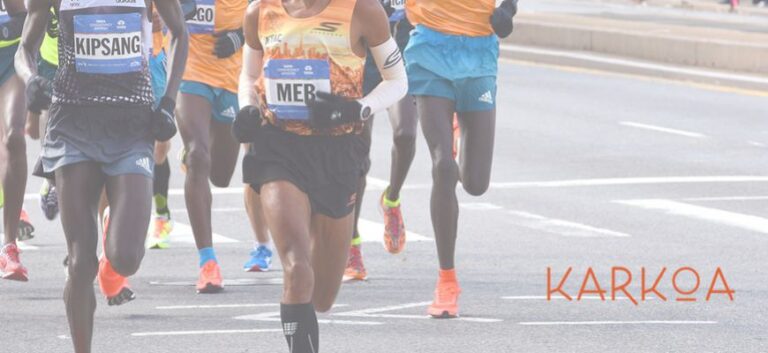For a long time, classical dance or ballet was the absolute reference. Then, in the 1920s, modern dance made its appearance, illustrating the desire of certain artists to break away from the (overly) rigid framework of classical dance. It was only after the Second World War that contemporary dance emerged.
What is contemporary dance?
Contemporary dance definition
“Contemporary: belonging to the present time” (Larousse dictionary).
Contemporary dance is therefore a “contemporary” dance. It draws inspiration and inspiration from many artistic styles and currents.
Specificity of contemporary dance
Contemporary dance differs from classical and modern dance in that it uses a highly mobile torso, great fluidity and numerous techniques for working on the floor.
On the other hand, contemporary dance introduces other arts or even technology into its performances. Everyone brings something to contemporary dance, based on their experience, their feelings. Far from proposing a rigid framework, contemporary dance is on the contrary a space of expression and freedom. Contemporary dance is plural. There is therefore no single type of contemporary dance, but many variations.
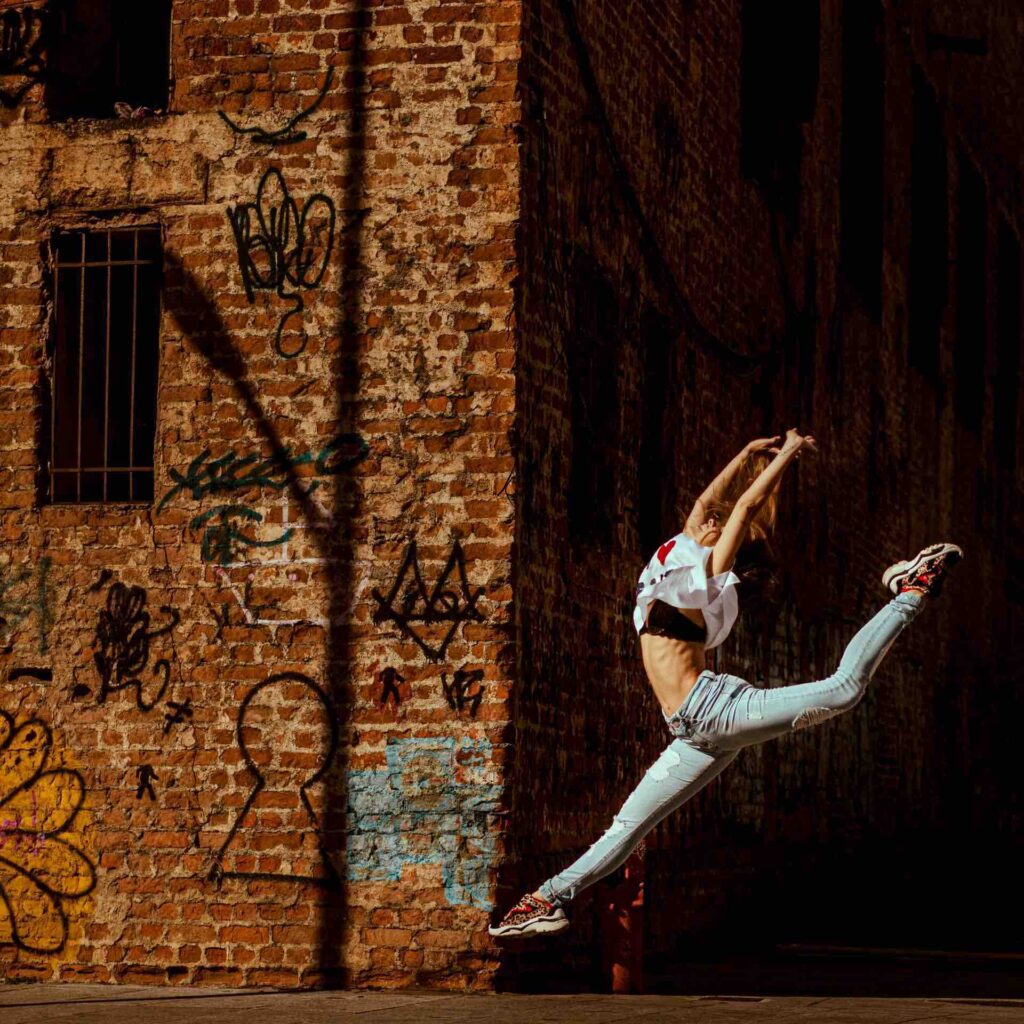
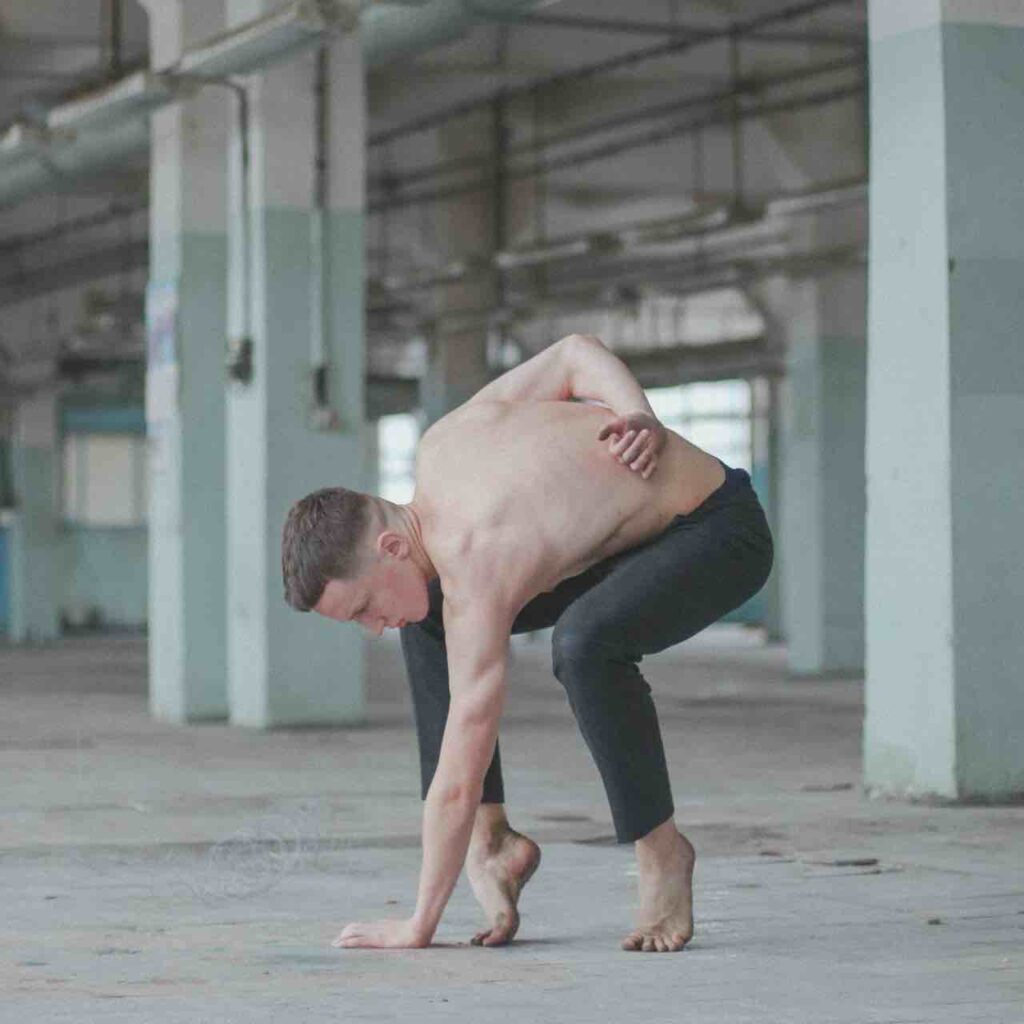
When was contemporary dance born?
Until the 1920s, the practice of dance was highly regulated. Classical dance was built around very strict rules. Tired of the constraints of classical ballet, some dancers began to incorporate new positions, new movements and new clothing into their dancing. Modern dance was born.
After the Second World War, from 1960 onwards, Merce Cunningham, an American choreographer, was to revolutionise modern dance by introducing precisely those movements that were not choreographed. The movements drew the use of gravity and body weight from modern dance while retaining la lightness and fluidity. Contemporary dance was born.
In France, Alwin Nikolais created the Centre National de Danse Contemporaine at the end of the 1970s, which contributed to the development of this style in the country.
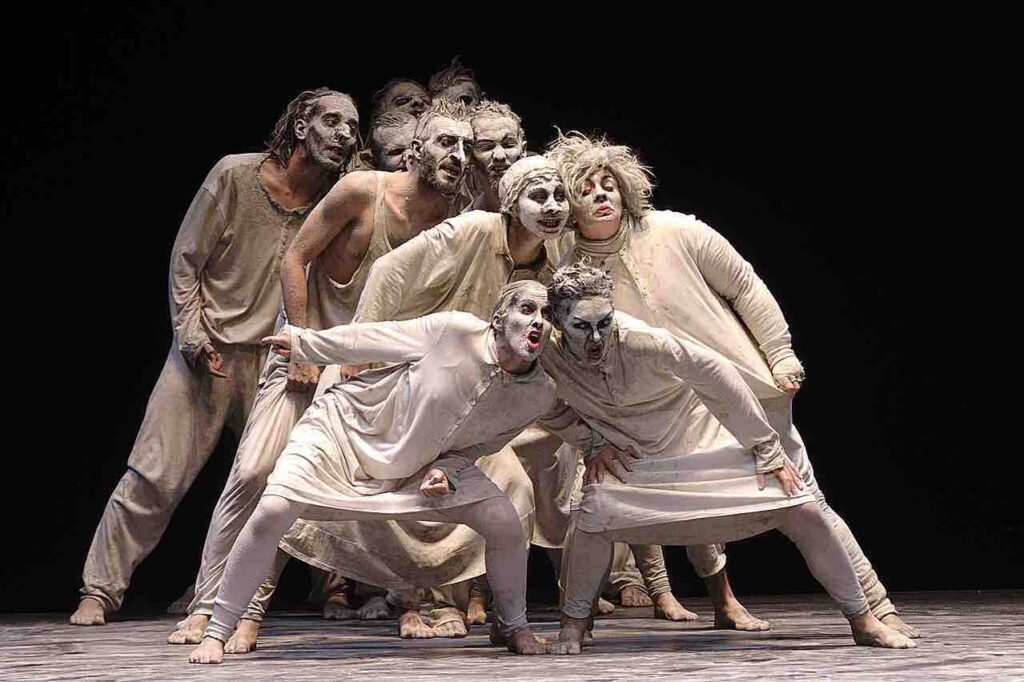
Different types of contemporary dance
With freedom and expression at its core, there is no single type of contemporary dance, but dozens. Here are some of the most emblematic contemporary dances.
Buto Japanese contemporary dance
Buto is a contemporary dance style created in Japan in the 1960s by Tatsumi Hijikata. The two ideograms that make up its name mean “to dance” (bu) and “to tap on the floor” (to). Steeped in Shinto and Buddhist beliefs, this dance is notable for its slow pace and its almost naked dancers, whose hair is shaved and whose bodies are painted white.
Contemporary African dance
Contemporary African dance really took off in the late 90s. For a long time marked by the ballet brought by colonisation, African contemporary dance represents a liberation, a decolonisation, and draws on both the continent’s roots and modernity.
Peubléto from Auguste-Bienvenue on Vimeo.
Contemporary dance with an object
Contemporary dance with an object introduces everyday elements into the choreography. The dancers use a chair, a table, a set of sails or ribbons, a stick, a cane or an umbrella. These props are incorporated into the choreography and ‘dance’ with the performers.
Teaser. Solo Shiraz Pertev . BLUE GUN : Poésie, Danse Butô et Cirque. from shiraz on Vimeo.
Contemporary dance with a ball
Whether big, small, light, round or with less common shapes, the ball has always been an accessory in dance. Its airy, sometimes elusive nature adds a dreamlike quality to the choreography.
Contemporary dance with a chair
The chair is a highly prized accessory in contemporary dance. An everyday object, it becomes a means of artistic expression. It can be at the centre of the choreography or on the margins. You can sit on it, climb on it, use it as a support for a jump… A soulless object for the average person, it takes on a whole new dimension on a contemporary dance stage, sometimes becoming a real partner for the artists.
Contemporary dance with fabric
Fabrics have always played an essential role in dance. First and foremost for outfits, but also as accessories. Representing the ground, the sea, clouds, masking the performers for a moment only to reveal them later, fabrics in contemporary dance give choreographies an airy, lively quality.
CID Danse contemporaine from Alexine Bruttin on Vimeo.
Contemporary dance with crutch
Contemporary dance performances on crutches are particularly atypical. They highlight the deformity of the body in order to bring out its beauty through movement. This raises questions about motor skills, mobility, the way we experience disability and the body in general.
Contemporary dance with cardboard
Cardboard boxes are one of those objects that can be used for anything, especially in contemporary dance. They can be used as a set or as an accessory for the dance itself. As containers, they can hold other objects or even the artists themselves. In all shapes and colours, they are a real creative medium.
Contemporary dance without music
Contemporary dance is above all an expression of the body. It is the movement, the choreography, that gives the performance its musicality. Silence then becomes an integral part of the dance in the same way that music can be. Movement then becomes even more central to the creation, as it takes centre stage.
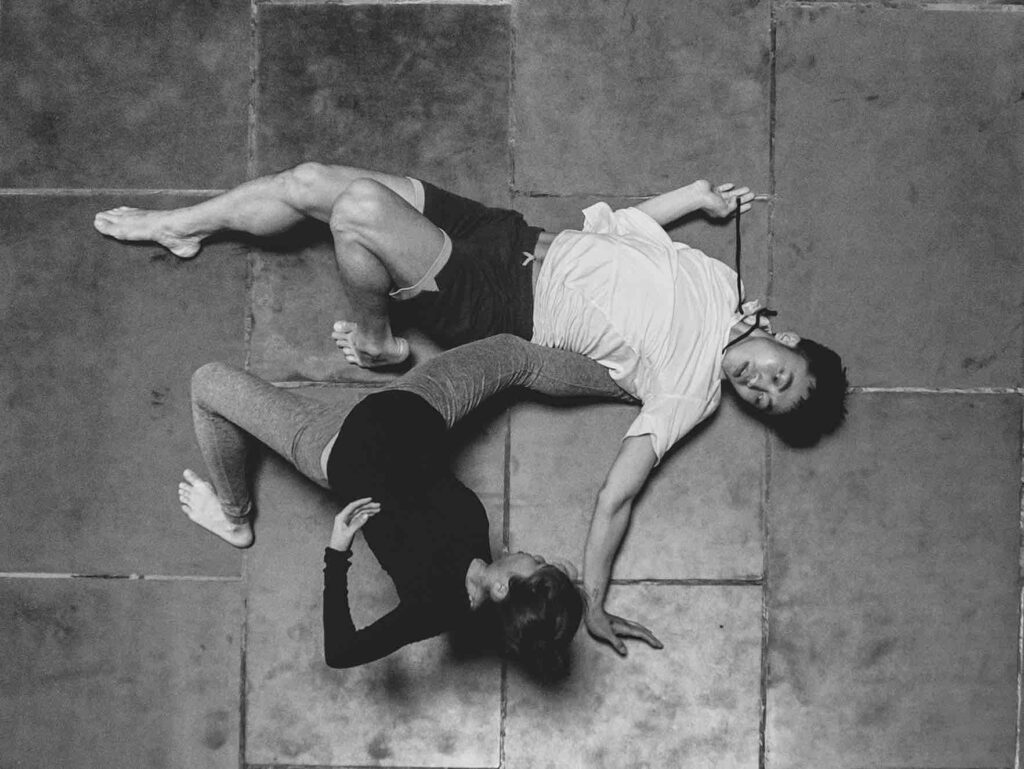
Contemporary dance and painting
Contemporary dance and painting are two arts which, when they come together, always produce an astonishing work. Whether the artists use traditional accessories (paints, brushes and supports) or their bodies to bring the painting to life, the creation is manifold. By painting with their bodies, the dancers use their dance movements to push the creative process even further. While dance is ephemeral, always in motion, here it creates a lasting work that will continue to live on even after the performance is over.
Contemporary dance and nudity
Contemporary dance involves working with the body in different ways, and nudity is a natural part of this. Whether hidden or completely visible, it is never gratuitous and is an integral part of the aesthetic of the choreography.
Why do contemporary dance?
Looking beyond the many advantages of practising a physical and sporting discipline as demanding as dance, one of the attractions of contemporary dance is its freedom.
Whether it’s in the writing or the composition, contemporary dance offers total freedom. There are no imposed figures like in classical dance, and no strict rules. The choreographer is an author who conveys his story through the language of the body. The dancers will translate this story and express it in free, fluid movements, often improvising.

How do I learn contemporary dance?
The best way to learn contemporary dance is to take classes. A contemporary dance teacher will teach you techniques for moving fluidly, while giving you the freedom to express yourself through your body.
Younger dancers with professional ambitions can try to join a dance conservatoire.
As a leisure activity, you can take regular classes at a dance school or take part in one-off contemporary dance courses.
Stage de danse contemporaine avec Delphine Maurel – Lullaby Danza Projet from Cie Lullaby on Vimeo.
The difference between contemporary dance and modern jazz
Contemporary dance has introduced other artistic disciplines into choreography. From the visual arts to theatre, the boundaries of contemporary dance remain deliberately blurred in order to keep surprising the spectator.
Modern jazz comes from American jazz dance, which developed in the 30s and 40s, particularly in Broadway musicals. Jazz dance evolved in the 50s to finally give rise to modern jazz, a highly technical and dynamic dance. Where contemporary dance leaves a lot of room for improvisation, feeling, modern jazz is characterised more by the coordination of movements, all well categorised. Modern jazz has been popularised by the video clips of many artists, from Madonna to Britney Spears, via the Pussycat Dolls.

What outfit is best for contemporary dance?
Whatever type of dance you do, the first thing you need is comfortable clothing that adapts to the movements you’re about to perform. A body-hugging tunic or tight-fitting t-shirt, footless tights or leggings are perfectly suited to contemporary dance.
Whichever outfit you choose, your feet should be free to move. The outfit you need for contemporary dance isn’t particularly bulky. So you can opt for the Karkoa Feather Bag. Its compartments and pockets will allow you to organise your contemporary dance gear as you see fit so you can take it wherever you want.

